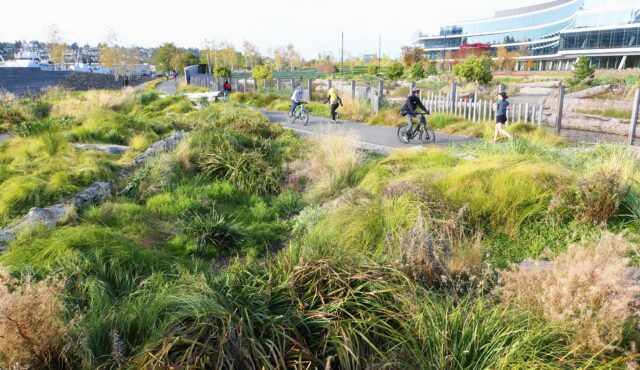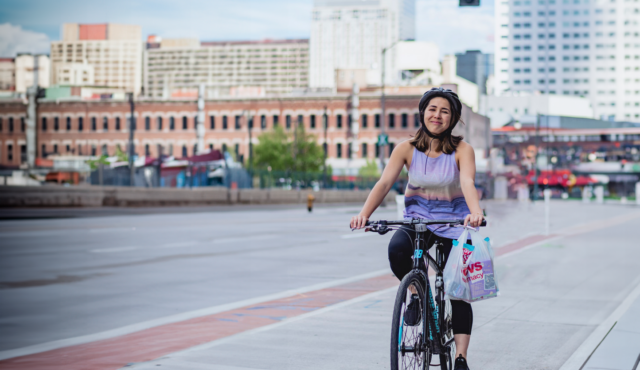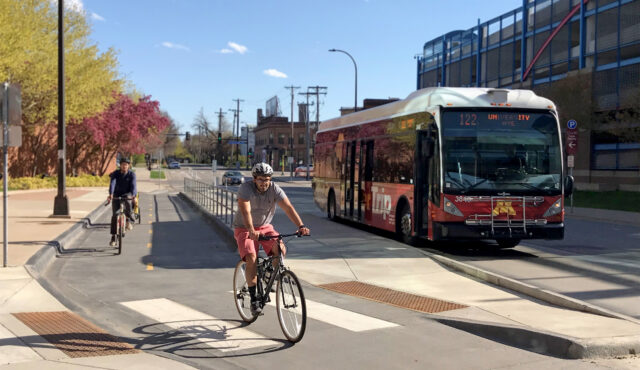By Andy Clarke, Director of Strategy
There are twenty cities around the United States that must be pretty excited today at making it onto Amazon’s short list for HQ2. Ironically, most of those cities are also awaiting their annual inclusion at the top of the naughty list for congestion – which might seem like a contradiction, especially thinking about a business that is built on the reliability of delivery services and wants to add up to 50,000 jobs to a local economy.
I take two things from this apparent contradiction. First, the Inrix Congestion Index is clearly measuring the wrong things if 8 of their “worst” ten cities are in the running for HQ2 (and the only ones missing are Seattle or HQ1, and San Francisco). Second, Amazon is sticking to its promise of looking for places with a truly multimodal transportation system, as most of the candidates also have mature and well-used transit systems, can boast among the most successful bikesharing systems, and are recognized as leading cities for walkability and bike-friendliness.
Amazon is surely betting on places with transportation choice. Of course, a good percentage of those 50,000 potential employees are likely going to commute by car, but what Amazon’s shortlisted cities offer employees is a realistic option to travel by train, bus, bike or foot, so they can choose to avoid sitting alone on congested roads in their cars. Especially at lunchtime when those 50,000 people want a sandwich. Factor in resiliency, sustainability, livability, and things like air quality and streets that are safe to walk on, and the attractiveness of the transportation options these 20 cities on the list offer becomes even clearer.
Of course, the final decision on sites within each of these communities still must be made, and each of these areas have more auto-dominated areas that may be chosen. But when I look at the work my colleagues at TDG are doing – helping reimagine Crystal City in Arlington, VA; designing multimodal streets in Los Angeles; planning for the future of bicycling and walking in Indianapolis; implementing Vision Zero in Denver; creating a network of protected bike lanes in Boston; building award-winning bike infrastructure in Montgomery County, MD; supporting Austin’s commitment to multimodal, sustainable transportation and development – I think Amazon is probably looking at the kind of communities we help clients imagine, plan and build. Which is a great choice.



